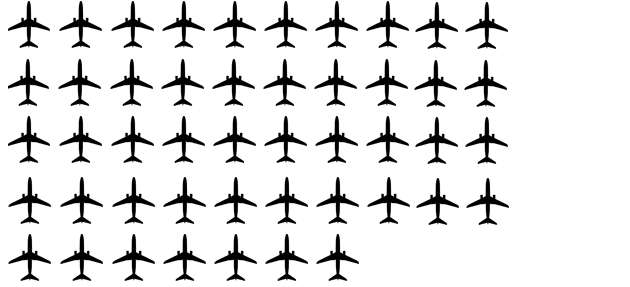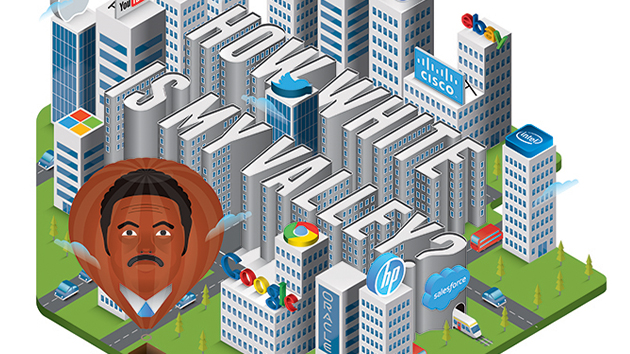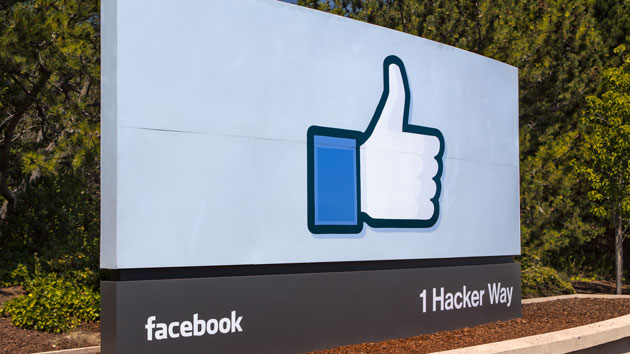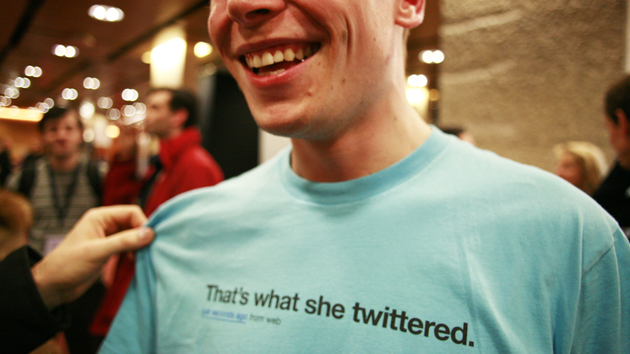
<a href="http://www.shutterstock.com/pic-210383785/stock-photo-young-african-american-businessman-holding-cell-phone-on-airplane.html?src=mkdh7gXvQzk1HD8sFoGD7w-1-13">MichaelJung</a>/ShutterStock
We already knew that Google, Facebook, and Twitter employed relatively few African Americans, but new details show that the gap is truly striking. All three companies have disclosed their full EEO1 reports, detailed accounts of their employees’ race and gender demographics that the law requires them to submit to the US Equal Employment Opportunity Commission. The reports show that out of a combined 41,000 Twitter, Facebook, and Google employees, only 758, or 1.8 percent, are black. To put this in perspective, all of those workers could fit onto a single Airbus A380. Have a look:
African Americans comprise 13 percent of the overall workforce, which means they are underrepresented at Google, Facebook, and Twitter by a factor of 7. Here’s a visual comparison of the black employees…

versus all other employees:

Race and gender gaps in tech hiring have been hot-button issues as of late. Since last May, when Rev. Jesse Jackson showed up at Google’s shareholder meeting, he has won some serious diversity concessions from major tech companies—but the pace of minority hiring remains slow. As the Guardian noted yesterday, Facebook hired 1,216 new people last year, and only 36 were black. Since last year, the percentage of black Google workers has not changed.
It should be easier to shift workplace demographics at smaller companies. Twitter, with fewer than 3,000 employees in 2014, has a huge black user base that is sometimes referred to as “Black Twitter.” Jackson wants the company to do more to move the needle. “I am very disappointed,” he told the Guardian. “We are becoming intolerant with these numbers. There’s a big gap between their talk and their implementation.”
Airplane image: Anthony Lui/Noun Project
Correction: An early version of this story misstated the number of black employees at Google and incorrectly suggested that Twitter had released its 2015 EEO1 report. Mother Jones regrets the errors.












